In mid-November 2023, the Rushi team conducted in-depth inspections of TSAO-KO planting and processing areas such as Shangjiang Town, Lushui County, Nujiang Lisu Autonomous Prefecture, Shiyueliang Township, Fugong County, and Maku Village, Dulongjiang Township, Gongshan County, to learn about 2023 The growth, harvesting and drying conditions of TSAO-KO were analyzed to draw the 2023 TSAO-KO new production inspection report.
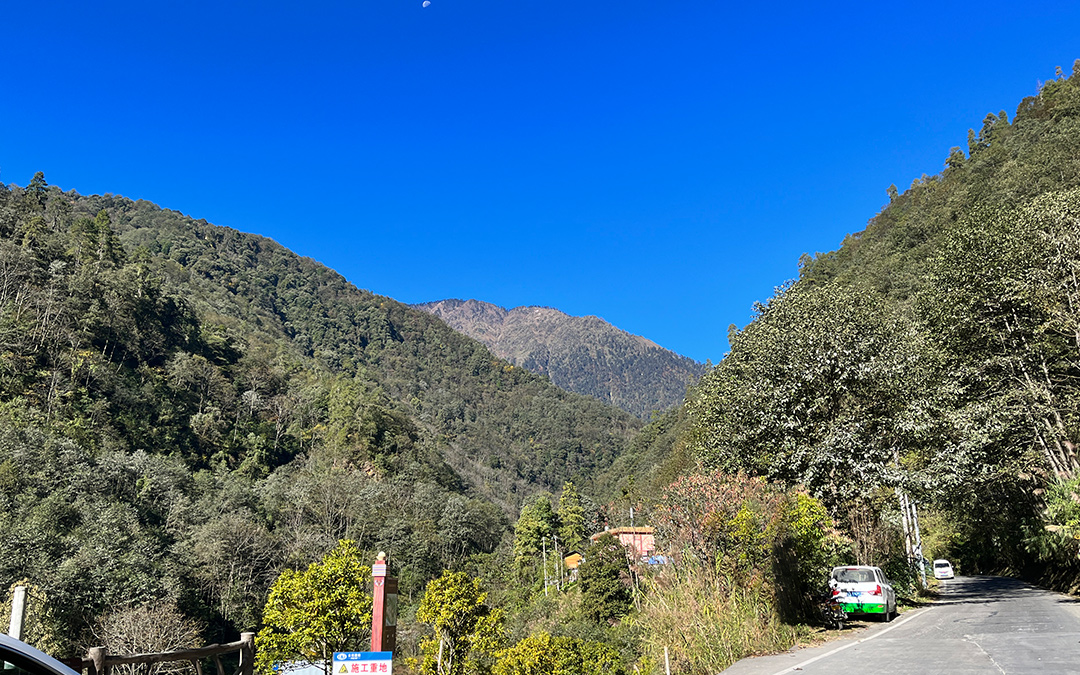
The TSAO-KO variety inspected this time is mainly produced in Yunnan Nujiang Lisu Autonomous Prefecture, Dehong Dai and Jingpo Autonomous Prefecture, Baoshan City and other places, and is planted in mountainous areas with an altitude of 1200m-1800m. Because TSAO-KO likes shade and humidity to grow, it is afraid of drought, floods, and freezing. The planting site cannot tolerate strong sunlight. Most of them choose an environment shaded by trees. The shade degree of trees is about 50%-60%. The soil is shaded by valleys and woods. Wet places, slightly acidic fertile soil rich in humus and loose texture are suitable.
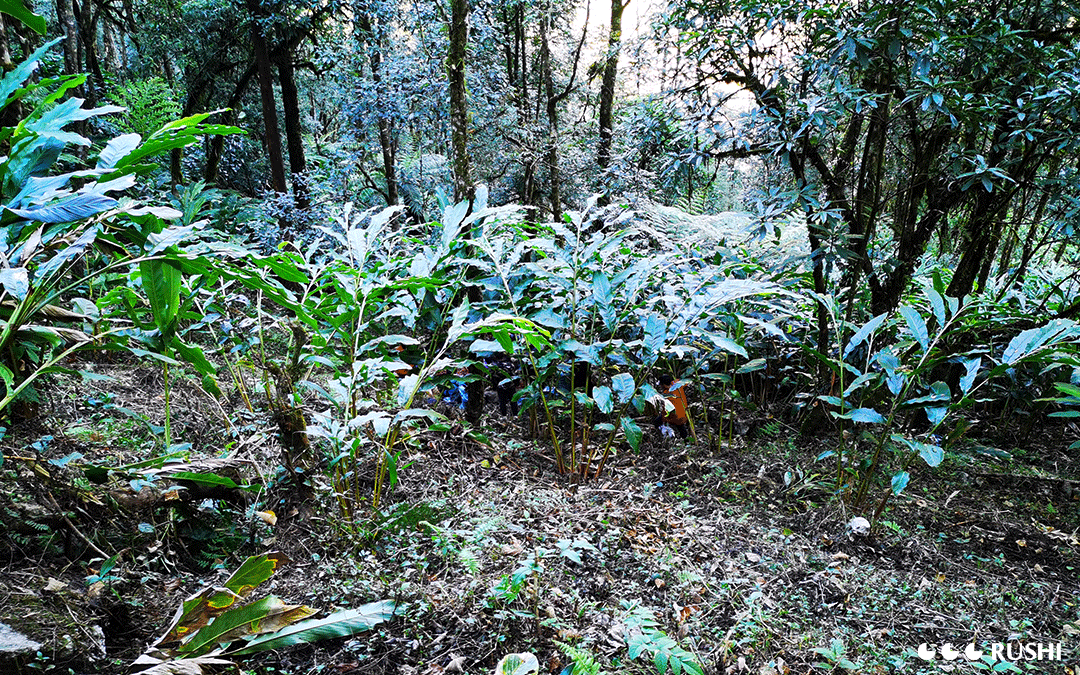
Through this inspection, the Rushi team found that from the perspective of TSAO-KO quality, this year's TSAO-KO is overall smaller, has a slightly higher moisture content, and the overall quality is worse than in 2022. At the same time, as people pay more attention to sulfur-free electric baking TSAO-KO, more and more processing points have begun to replace the original coal and wood baking methods and use electric baking to dry TSAO-KO.
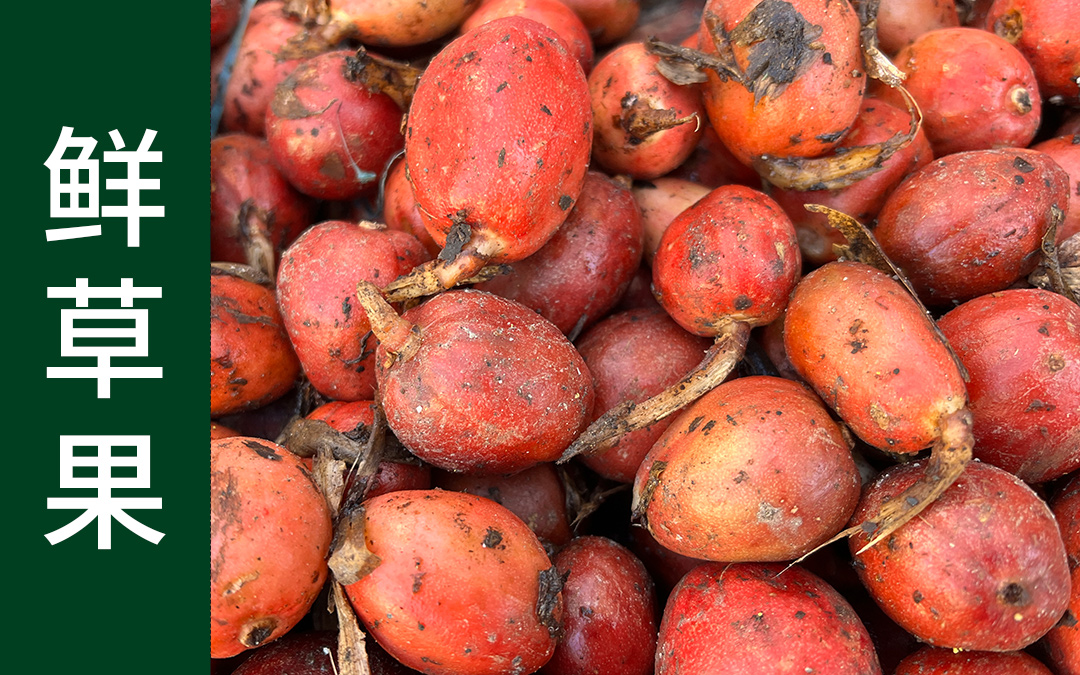
From the perspective of output, this year's TSAO-KO production area suffered from long-term rainfall from May to June, which severely affected pollination during the flowering period. It is expected that the output will be reduced by more than 50% compared to 2022.
TSAO-KO is a light-flavored spice that is commonly used in the processing of meat products to remove fishiness, greasiness, and relieve mutton. It can also add aroma and flavor and stimulate appetite. It is often used in combination with other ingredients to make compound spices, which are used in braised, marinated, and Steaming, simmering, etc.
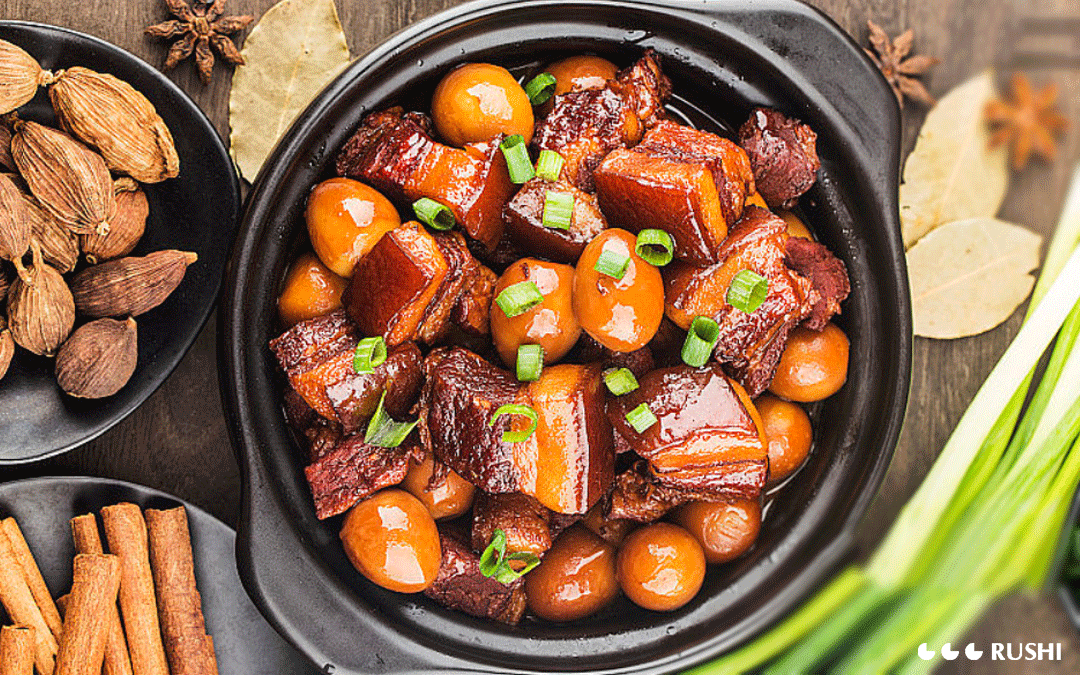
It generally grows in shaded and moist forest areas in tropical and subtropical areas.During breeding, fruits with large grains, good quality, high-yielding mother plants and strong growth that grow at an altitude of about 1500m are generally selected, soaked in cold water for a week, drained, peeled and retained (to increase the germination rate), and harvested when fully mature. , then peel and leave the seeds. After soaking the seeds directly for about 10 hours, rub the surface of the seeds with coarse sand to remove the gelatin layer. From November to December, select flat land for intensive sowing. After one year of seedling cultivation, select seedlings with good growth and transplant them to the ground. The seedlings will bear fruit in 4-5 years after transplantation. If you choose mature seedlings with good growth, plant them by dividing roots and transplant them. The fruit will bear fruit in about 3 years, and the fruiting period will be around 7 years.

The flowering period of TSAO-KO is from April to June, the fruiting period is from May to July, and the harvesting period is from mid-October to late November. About 600 plants are planted per acre.
Because TSAO-KO is grown at a high altitude and has few pests and diseases, pesticides are generally not sprayed. The government prohibits the use of pesticides, and some areas are equipped with insecticidal lamp biological control measures. During the planting process, we mainly rely on manual weeding and pruning old leaves and stems during harvesting. Fertilization mainly uses organic fertilizers. Weeding, pruning, and fertilization are done once a year.
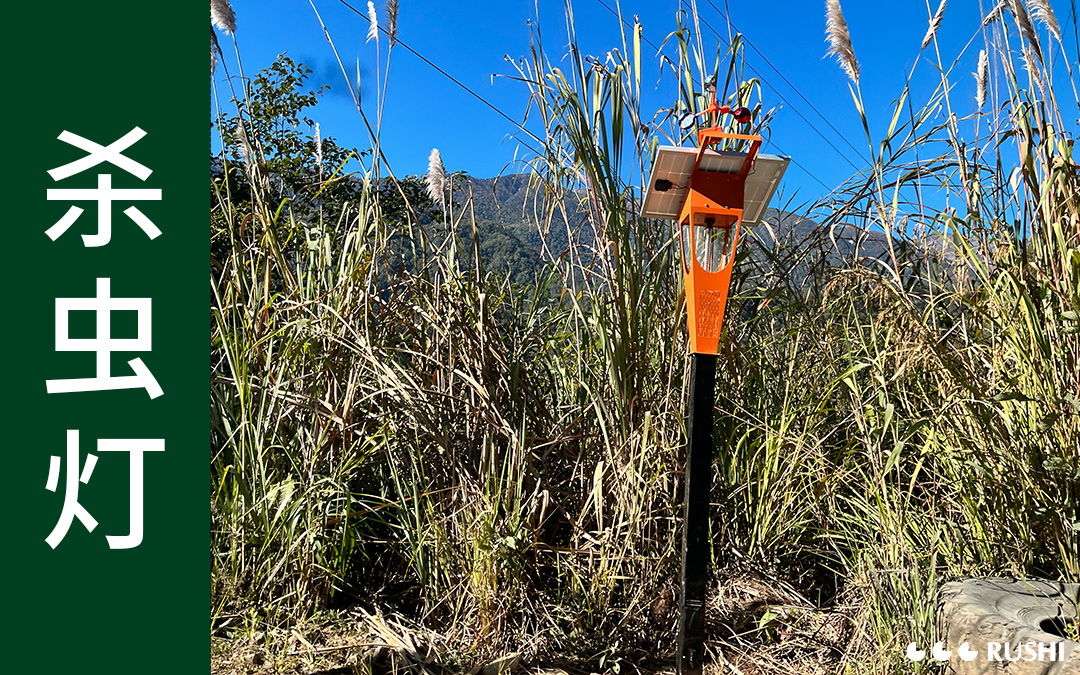
Harvesting involves manually cutting the bottom stem pieces bearing TSAO-KO, and then manually separating the stem pieces and fresh fruits. The planting environment of TSAO-KO is mostly chosen on slopes in mountainous areas. Slopes are prone to slippery on rainy days, so harvesting on rainy days is not suitable.
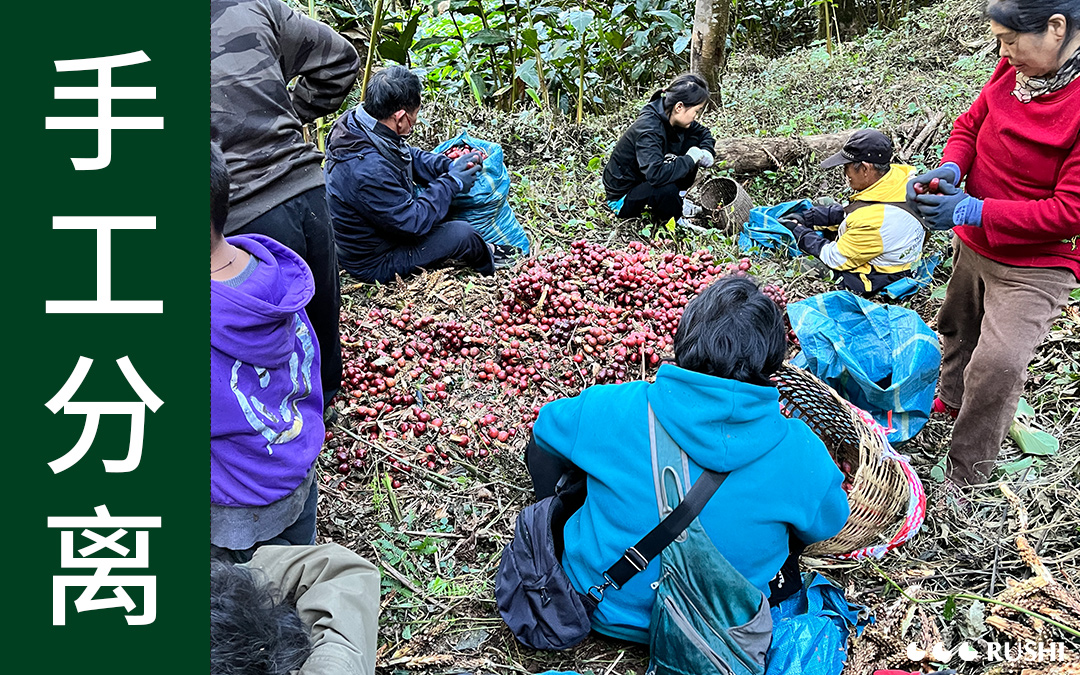
The yield of TSAO-KO this year will be affected by the climate of the year, especially during the flowering season. If you encounter snowy weather at the beginning of spring, the seedlings will be easily frostbitten. If there is too much rainfall during the flowering season, it will cause burnt flowers and no fruiting. If there is drought weather, most of the flowers will dry up and become unable to bear fruit.
After harvesting, the fresh TSAO-KO is packed by farmers in woven bags and sold directly to fresh fruit buyers. Fresh fruit purchasing middlemen directly use small trucks to transport the purchased fresh fruits to the production areas. Because the production areas are mostly in river valleys, farmers use ziplines to transport the fresh fruits from the mountains to places with convenient transportation, and then use vehicles to transport them. Fresh fruit purchasing intermediaries choose different methods (electricity, coal, materials) for drying according to their own conditions, and drying processing points will also directly purchase fresh fruits. The purchased fresh TSAO-KO is then temporarily stored in the factory by the purchaser.

Only a few processors will remove impurities and clean them, and most fresh fruits will be roasted directly. After removing impurities and cleaning TSAO-KO, use a fan and vibration to remove most of the moisture attached to the surface of TSAO-KO.
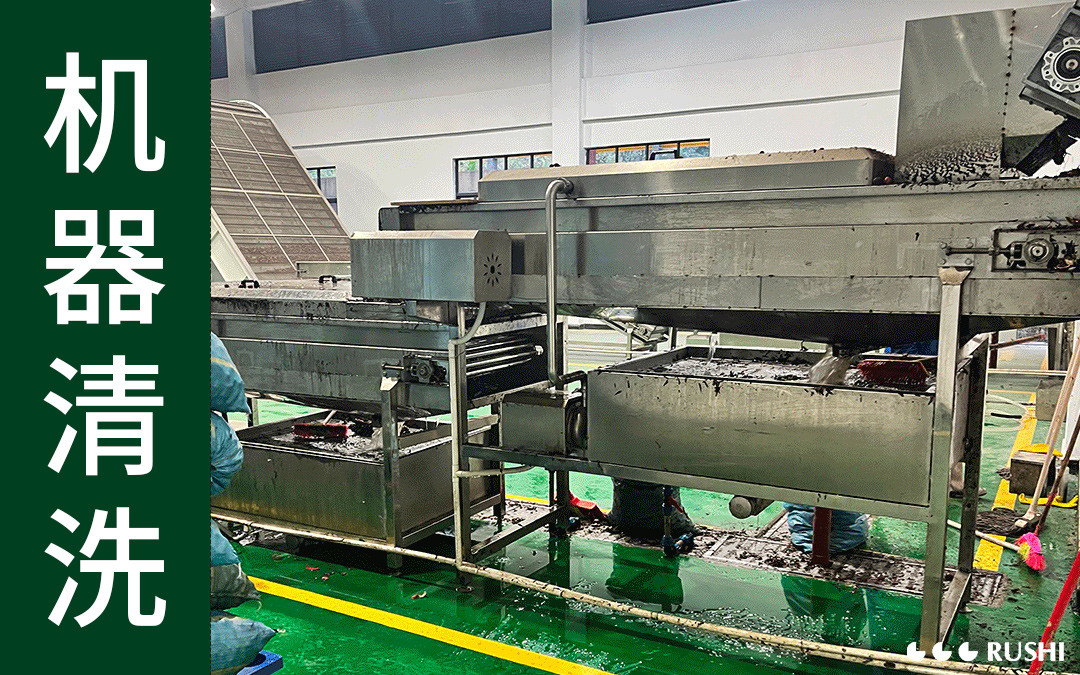
The drying heat source will be selected according to the place of origin and local production level. Usually there are electricity, bio-pellets, coal, wood, etc. The temperature setting is generally 70℃-90℃. The baking time is adjusted according to the baking amount, usually about 24-24. 48 hours (TSAO-KO needs to be turned over during baking before baking), and the material ratio after drying is approximately 4:1.
The dried TSAO-KO needs to be piled on the ground for natural cooling for about 24 hours, or a fan can be used to cool and separate the lighter impurities carried by the TSAO-KO, and then quantitatively packed in woven bags with an inner film, and temporarily Store in a ventilated, cool and dry place.
TSAO-KO is mainly grown by farmers, and it is difficult to trace the origin of the product.TSAO-KO planting is mainly done by farmers. A small number of companies require purchasers to collect the names, addresses, contact information, etc. of growers in the purchase area, and establish a traceability roster for traceability. Farmer transactions are complicated, and middlemen purchase and store large quantities of products, making it difficult to trace the origin of TSAO-KO.
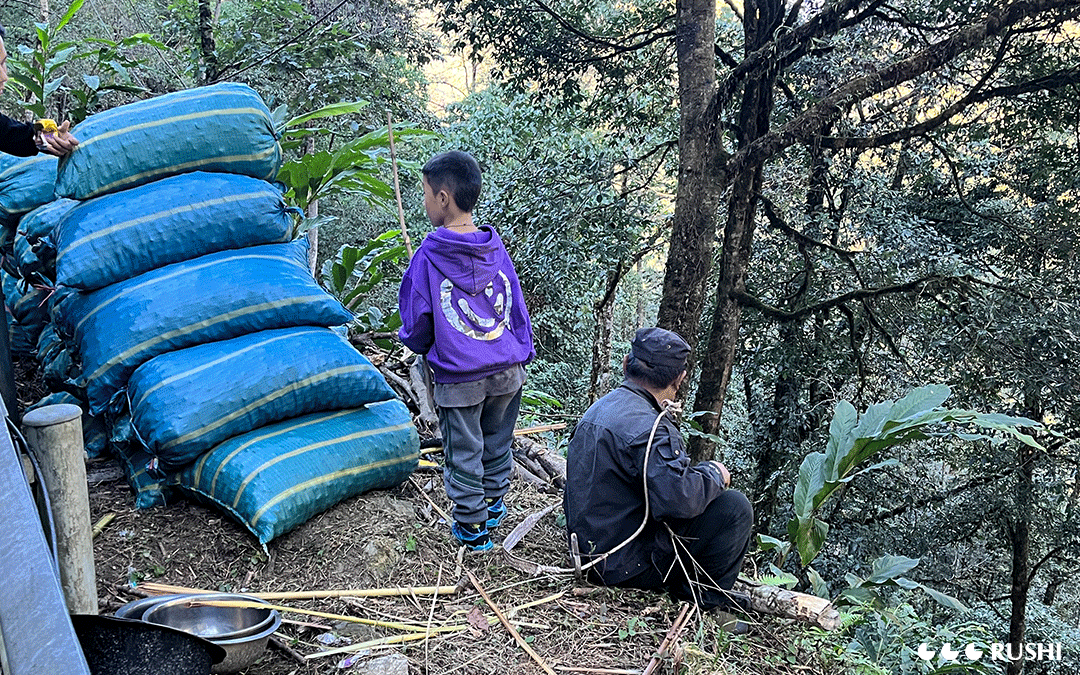
Most fresh TSAO-KO transactions are dried by middlemen or farmers use wood to dry themselves. If wood or coal is used to dry TSAO-KO, sulfur dioxide and benzopyrene and other pollutants will be introduced.
Preliminary research in the production area: At the beginning of the new production season, organize personnel to conduct in-depth research, sampling, and testing in the production area to evaluate and screen the quality of TSAO-KO and the food safety in the production area, and record and archive it.
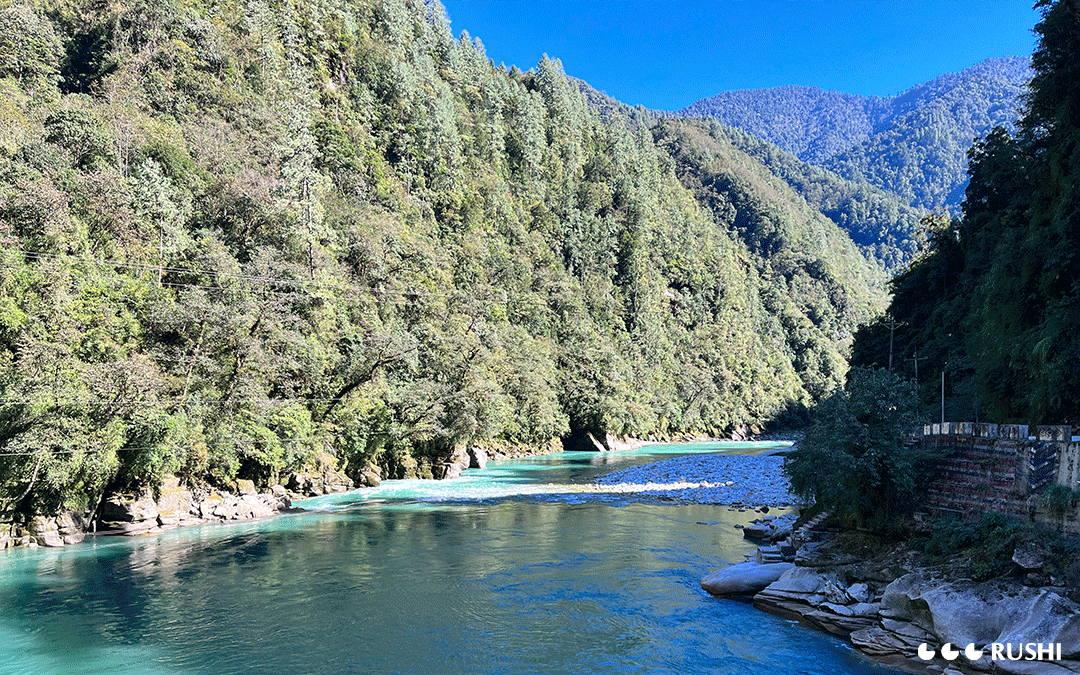
Raw material sampling testing: After each batch of raw materials is purchased and delivered to the factory, samples will be taken for internal or external inspection in accordance with “GB/T 12729.2-2020 Spices and Condiments Sampling Methods”. The testing indicators will be evaluated, summarized and entered into the system, and fed back to relevant cooperation Base; return unqualified raw materials.

Classified stacking and low-temperature storage: Classify and stack raw materials to reduce the risk of odor and avoid contact with toxic and harmful substances; quality storage in large-capacity cold storage at 5-15°C can effectively reduce the oxidation and volatilization of TSAO-KO's active ingredients and ensure stable quality.
Regular quality inspection: Regularly conduct sensory and physical and chemical index testing of raw materials to monitor quality changes.
(The data is the survey statistics of Rushi team and is for reference only)
